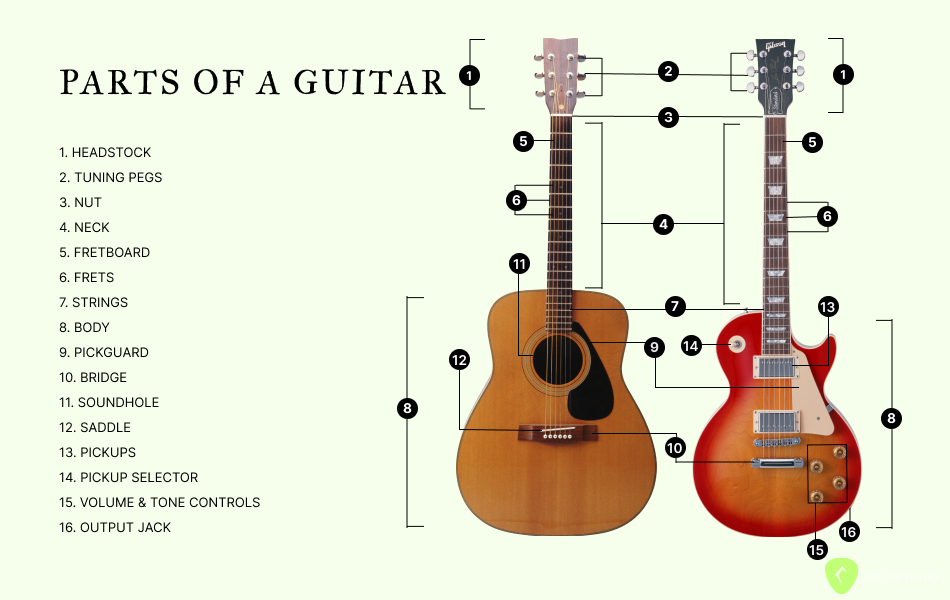Exploring A Minor Chord Mandolin
As we set sail on this musical expedition through the realms of the mandolin, our compass is set to explore the melancholic beauty that A minor embodies. The A minor chord, with its somber tonal qualities, beckons us to decode its essence and feel the stories it yearns to tell. Join us as we embark on an intriguing journey, delving into the essence of the A minor chord on the mandolin.
Definition of A minor chord mandolin
A minor chord mandolin, like on any musical instrument, is a combination of specific notes played simultaneously that produce a specific sound characteristic of a minor chord. A minor chord consists of three notes: the root, the minor third, and the perfect fifth.
Root (R):
The root is the primary or foundational note of the chord. It establishes the tonal center and gives the chord its name. For example, in an A minor chord, "A" is the root.
Minor Third (m3):
The minor third is an interval that is three half steps (or frets) above the root. It contributes to the minor quality of the chord, giving it a distinctive sound compared to a major chord. For example, in an A minor chord, "C" is the minor third.
Perfect Fifth (P5):
The perfect fifth is an interval that is seven half steps (or frets) above the root. It provides stability and support to the chord. For example, in an A minor chord, "E" is the perfect fifth.
Combining these three notes (root, minor third, and perfect fifth) in a specific order and playing them simultaneously on the mandolin produces the characteristic sound of an A minor chord (or any other minor chord based on the root note). The pattern and fingering on the mandolin's strings and frets will vary depending on the minor chord (e.g., A minor, B minor, C minor, etc.).

The role of A minor mandolin chord
A minor chord mandolin (or any other instrument) is used in various situations, depending on the musical context and the desired objective of the player or composer. Here are some common instances when A minor chord is used on the mandolin:
It produces a melancholic, sad sound, helping to create a melancholic atmosphere in the music. It is suitable when conveying feelings of yearning or sadness.
Am is often used in chord progressions to introduce variety and modulation in the music. For example, using A minor after a D chord to create a mystical or mysterious feel.
A minor is frequently combined with other chords such as C, G, D to form common progressions like C-G-Am-F or G-D-Am-C. This adds richness and diversity to the music. In addition, it is used to create harmonies for melodies and other music pieces, along with other chords, to add richness and balance to the overall sound.
Besides, being used to create guitar riffs or musical phrases, it is used when performing solos or improvisations on the mandolin. It provides flexibility and emotion for improvisational play.
Some basic A minor chord mandolin

Comparison A minor mandolin, banjo and guitar
The difficulty in playing the A minor guitar chord, banjo, and mandolin can vary depending on the player's skill level and experience. However, based on music theory and the structure of each instrument, we can identify some strengths and weaknesses when playing the A minor chord on each type of instrument:
Guitar
The guitar has multiple strings, so it requires focus to avoid interference, especially for beginners. The finger span needed to fret the notes can make playing this chord challenging, especially for beginners.
Banjo
Fretting notes on the banjo, especially on the smaller and uniquely structured strings, can be challenging for those new to the instrument. Mastering the banjo's structure (especially for the 5-string banjo) and finger techniques may require time and patience.
Mandolin
The mandolin has a different string structure and spacing compared to the guitar and banjo, which can pose initial challenges in transitioning between instruments. The width of the frets on the mandolin is narrower than on the guitar, demanding high accuracy when fretting.
In summary, each type of instrument may present its own challenges when playing the A minor chord based on its unique structure and characteristics. For a new player, starting with a specific instrument may take some time to get accustomed to and develop the necessary skills.
In conclusion, the A minor chord on the mandolin is not merely a combination of strings and frets; it is a gateway to a realm of expressive possibilities. Whether it's the comforting embrace of familiar finger positions or the excitement of creating something entirely new, the A minor chord continues to captivate musicians and listeners alike.








